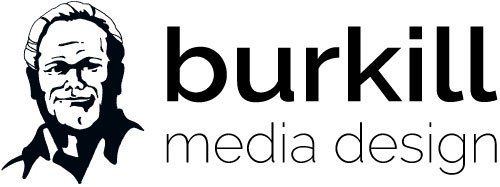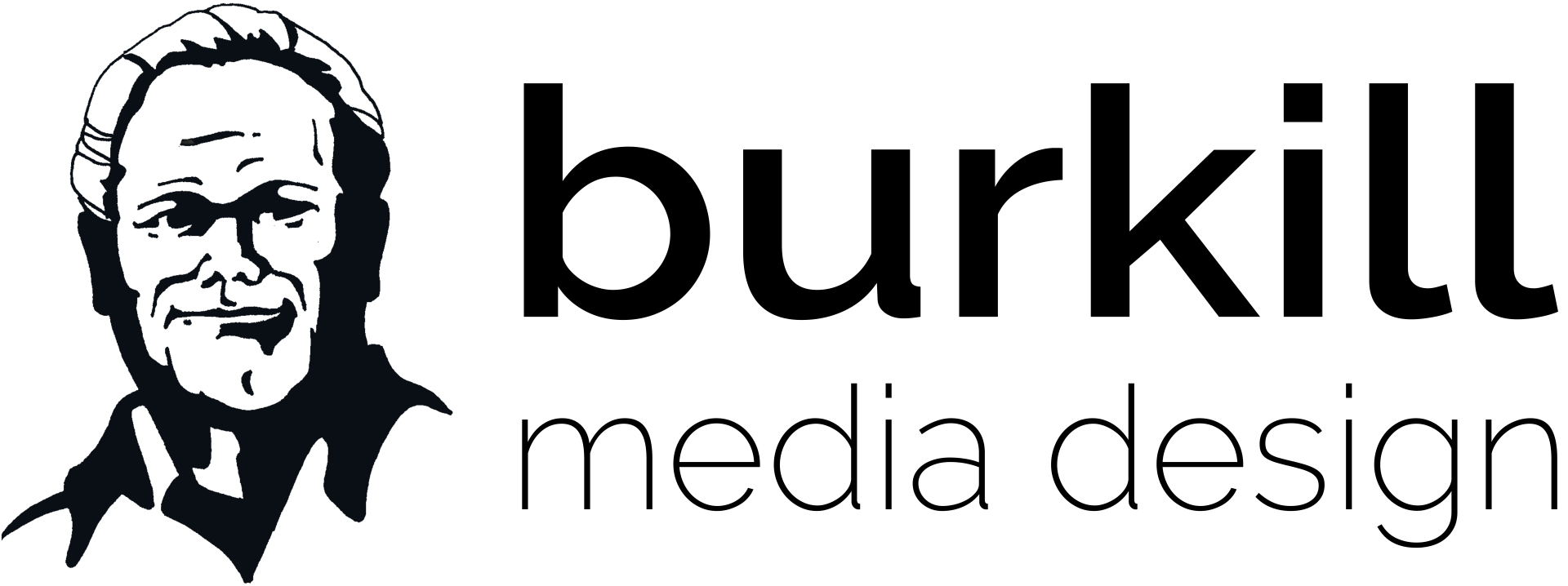A number of clients have asked how to get their google ranking up on a newly launched website here are 10 ideas.

If, like me, you tire of the daily spam offers from 'SEO experts' offering first page google rankings... whilst hiding behind an anonymous gmail address and an equally implausible name. But beyond the "fake news" there are some gems of SEO wisdom to kickstart and maintain the embryonic growth in traffic and ultimately search engine rankings.
1. Create a ‘Google My Business’ account
Google My Business is a completely free tool and takes only seconds to set up. It lets you verify your business information online, making it easier for potential customers to find you. It’s probably the quickest action you can take to boost your SEO.
Once set up, Google My Business displays your business location in Google Maps on both desktop and mobile. This can significantly boost your local search rankings. But it can also be used by businesses without a physical address.
Another bonus is that customers can leave you reviews and 1-5 star-ratings, adding legitimacy to your brand.
2. Start using Google Search Console
The Google Search Console (formerly known as Google Webmaster Tools) is a free and powerful tool available to all website owners. You’ll be searched, crawled and indexed by Google regardless of whether you sign up - but using the tool opens a world of analytics opportunities.
Search Console’s dashboard lets you monitor page views and clicks, see backlinks, approve content for crawling, remove content you don’t want indexed, and so much more.
And all you need to sign up is a website and Google account!
If you’re looking for more advanced analytics, Hubspot have compiled an excellent list of additional SEO tools.
3. Create title tags, headers & descriptions
Doing this for your whole website sounds like a lot of work, but it really isn’t.
Every page of your website should have a unique title tag, H1 header and meta description. Include a focus keyword or phrase that matches. For example, if the topic of your page is ‘Building Renovations’, this phrase should feature in both the page title and H1 header.
Remember to do the same whenever you publish a blog post or add a new page. They should all have a focus keyword in the title and your first header, and a nicely written meta-description.
It’s good practice to include your focus keyword in the first paragraph of text as well.
4. Check your long-tail keyword phrasing
If you haven’t checked your long-tail keyword strategy since your website first launched, do it today. Don’t simply pick keywords out of the air and blog about them on your website.
All of your keyword phrases should be chosen strategically. What exactly are your potential customers typing into search engines? Has it changed since 6 months ago? What’s trending?
Maybe you’ve been trying to rank for the term ‘Sydney ad agency’ for the last year. You do a quick check in Google Keyword Planner and discover that ‘advertising agencies auckland’ and ‘advertising agency sydney’ are far more popular searches. Adjust your written content accordingly!
5. Fix broken links & redirects
Have you ever landed on an Error 404 page? Broken links suck for 2 big reasons - they annoy visitors to your website and they hurt your SEO. Broken links scare visitors away from your website, which can result in search engine penalties.
There are two types of broken links - internal and external. Fixing internal links is relatively easy. They happen when you’ve made changes or updates to your own website. This means you can anticipate them breaking and stay ahead of the game.
But broken external links are much harder to keep track of. You don’t have psychic powers to keep track of every website you’ve ever linked to - and if other websites change their content, how will you know? Dead external links can easily sneak up on you.
Luckily there’s a bunch of nifty tools to help you out. Try Screaming Frog or Website Crawler r . Sit down for an hour and update your dead links - your website and readers will thank you.
6. Build backlinks to your site
Backlinks are SEO gold. When high quality, authoritative websites link to your website it’s a huge boost to your SEO rankings and traffic. It’s arguably the most important SEO metric you can improve.
But high quality backlinks are also notoriously difficult to earn. Sure, you could spend hours writing thought leadership articles for big sites like Entrepreneur or Inc, but there’s no guarantee they’ll be accepted. Guest blogging is powerful, but it’s a long-term game which takes time and patience.
If you’re looking for a quick fix instead, here’s how to score faster backlinks:
- Create foundation backlinks. These are the easiest small wins - create a LinkedIn, Yelp, Facebook, Youtube or Foursquare page for your business, and link to your business website.
- Write testimonials. Write reviews for products or services sold by high authority websites. If they feature your testimonial there’s a good chance you’ll get a backlink.
- Get a little help from friends. If you have friends in your industry or the blogging world, ask them nicely if they could link to your website. Just make sure the link has context on their page, and matches their topic.
- For some more advanced tactics, check out Backlinko’s guide to scoring quality backlinks.
- Reach out to other bloggers & webmasters
- There’s a few clever strategies for getting other bloggers and webmasters to give you backlinks. Most of them are white-hat, but still a little cheeky!
- Here’s a couple of popular tactics:
- Search someone else’s website for broken links. Send the website owner a friendly email saying you’ve spotted dead links, with suggestions on how to fix them. If you’re lucky they might credit or link back to you!
- Find long ‘list posts’ related to your industry. You know the kind - 25 Architecture Blogs For Design Inspiration, or 2019 Building & Construction Events. Politely let the writer know they’ve forgotten to mention your blog, event or product in their list.
- Ask them for a review. Reach out to bloggers in your industry and ask them to write a review of your product or service. Offer them a free sample or coupon code.
- Simple outreach emails can earn you fast rewards - but don’t get disgruntled if it doesn’t go your way. They have every right to ignore your suggestion, or fix their website without crediting you.
7. Promote your content… everywhere
It takes hours to write a brilliant blog post, but only a few seconds to share it across social media channels. The more times you share it, the more people will see it - although it’s important to choose the right social media platform. If it goes viral people may link to it from their own websites.
It’s worth noting that social shares don’t directly boost your SEO. Google themselves have admitted this. But the latest research suggests that social engagement matters to Google, even if social shares don’t. So get your highest quality blog posts and promote them as widely as you can. You never know what kind of engagement you’ll get!
Hot Tip: Infographics are shared on social media 3x more than other types of content. Lacking the skills? Hire a graphic designer. It’s a quick way to boost your blog post’s viral potential.
9. Add Location Keywords
It’s amazing how many businesses make this mistake.
They have a run a location based service business - but their website barely mentions what that location is!
Imagine you run a home renovations service in south east Brisbane. If the only page that happens to mention ‘Brisbane’ is your contact page then you’re missing out on a heap of potential traffic. It should be mentioned throughout your website - especially on your homepage and in headers.
A word of warning though - don’t go overboard. Google doesn’t like unnatural or excessive keyword use...Here’s how to include location information without ‘keyword stuffing’.
It’s a good idea to write blog posts about local topics too. This lets you combine location keywords and industry keywords, without being spammy. E.g. “The 5 Big Home Renovations Trends Sweeping Queensland in 2020”.
10. Check your content length & keyword ratio
Aim for at least 300-400 words on each page. This helps search engines to gather enough information to rank them. If you don’t have enough text, Google has less to work with. Make it easy for the search engines to favour your website over the competitors. Populate it with clear, helpful and relevant written content - including your focus keywords and phrases.
Remember the warning about keyword stuffing before? A good benchmark to aim for is 2-5% focus keywords per page. And it should flow naturally within sentences to make a great user experience. Here’s a concise guide to writing SEO friendly website copy.
There is plenty of advice on the net, just try to filter it by examining the author's reasoning behind the story. Some are just trying to confuse you to the point of subscribing to their services.
It takes a small time investment, but anyone can learn to boost their website’s SEO. When your traffic starts to climb you’ll be glad you made the effort!










